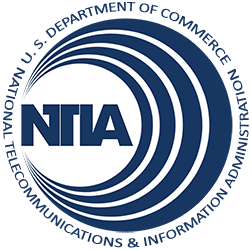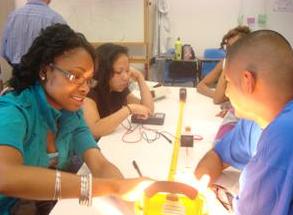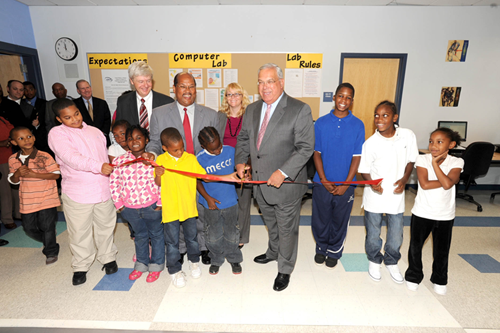BTOP: A Look back, a Look Ahead
As we approach the end of the year, it is a fitting time to reflect on what we’ve accomplished with BTOP and the work that lies ahead. Today we’re issuing a report that provides an overview of BTOP grants, highlighting illustrative projects in each category – infrastructure, public computer centers, and sustainable broadband adoption initiatives – and discussing the benefits to various stakeholder groups, including schools, small businesses, people with disabilities, the unemployed, and seniors, to name a few.
Though we are proud of what we have achieved – quickly building a solid grant program from the ground up, performing thorough due diligence on an avalanche of applications, and awarding grants to more than 230 strong proposals – the projects we awarded are a testament to the hard work and ingenuity of grantees, many of whom worked with partners throughout their communities to create innovative solutions to their local broadband needs.
But now is when the rubber hits the road. As the report makes clear (and to continue the metaphor), a lot is riding on these investments – not simply improved broadband access and adoption but also greater economic opportunities and advancements in education, health care, and public safety. We are pleased that BTOP projects are making good progress; we’ve seen groundbreakings for infrastructure projects, new and upgraded public computer centers serving the public, and training programs underway. There is much more to be done, however. NTIA is now focused squarely on strong oversight and providing the necessary technical assistance to grantees. Given all that’s at stake, we are determined to see that these projects are completed on time, within budget, and deliver the promised benefits to the communities they serve.



